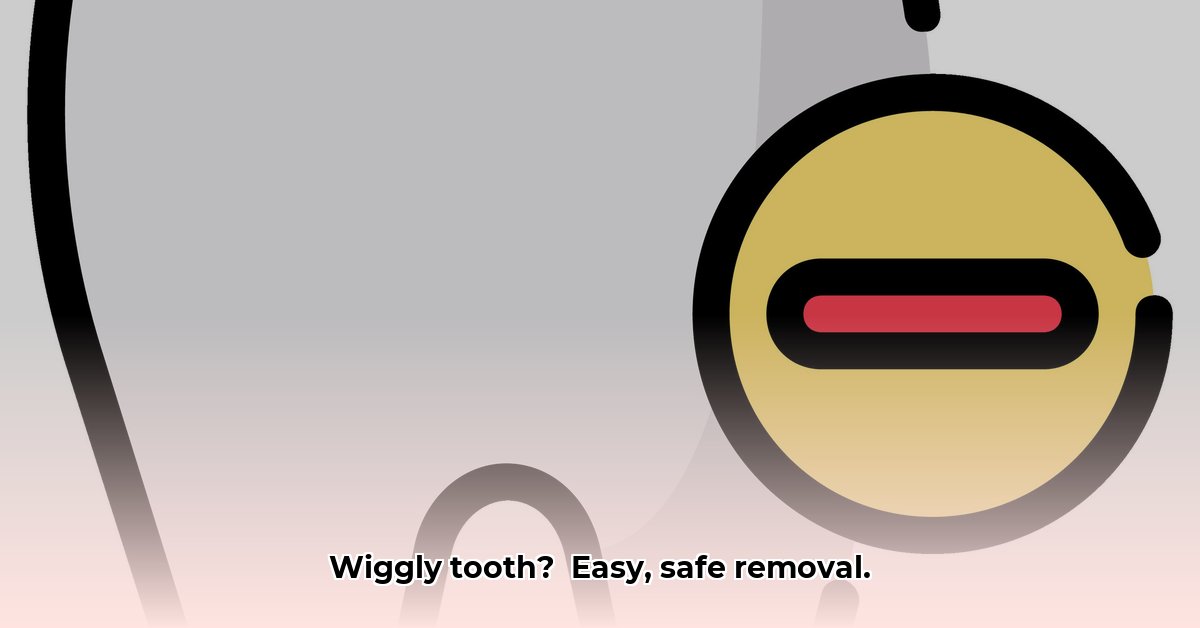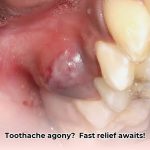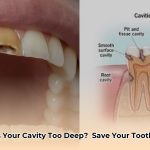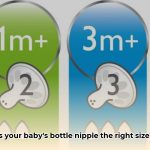Got a wobbly tooth causing excitement and a little anxiety? This guide provides information on safely removing a loose tooth at home while emphasizing the importance of consulting a dentist, especially for adult teeth or if complications arise.
Ready to Wiggle? A Guide to Loose Teeth
A loose tooth is a rite of passage, but it can be unsettling. This guide walks you through the process of removing a loose tooth at home. However, home removal should only be considered for baby teeth that are extremely loose. If it’s anything more, it’s time to see a professional.
Is DIY Okay? Knowing When to See a Dentist
DIY tooth removal is only for baby teeth that are exceptionally wobbly. Adult teeth are off-limits. Signs like pain, swelling, or bleeding indicate a problem requiring professional attention. If the tooth isn’t extremely wobbly, resist the urge to pull it.
Removing a Loose Baby Tooth: A Step-by-Step Guide
This guide applies only to extremely loose baby teeth. Stop if you encounter resistance.
- Scrub-a-Dub-Dub: Wash your hands thoroughly with soap and water.
- Wiggle It: Gently wiggle the tooth with clean hands or gauze. Stop if it hurts or feels stuck.
- Crunchy Power: Crunchy foods like apples or carrots can help loosen the tooth naturally.
- The Gentle Tug (Maybe): Only if the tooth offers almost no resistance, gently pull it out with clean gauze using a quick, straight motion. No twisting or yanking. Stop if it doesn’t come out easily.
- Know Your Limits: If it doesn’t budge, schedule a dentist appointment.
Soothing the Area
- Cool Comfort: A cold compress can reduce swelling and numb the area.
- Pain Relief: Use age-appropriate over-the-counter pain relievers, following the recommended dosage.
Aftercare: Keeping Things Clean
- Stop the Bleeding: Bite down on clean gauze for 15-20 minutes.
- Rinse Gently: Rinse with warm salt water after bleeding stops.
- Soft Foods: Eat soft foods for a few days.
- Infection Alert: Watch for redness, swelling, increasing pain, or a bad taste, and seek immediate dental care if these occur.
When to Call the Dentist: Essential Checklist
- Stubborn Tooth: If the tooth doesn’t come out easily.
- Pain or Bleeding: Excessive pain or bleeding.
- Infection Signs: Redness, swelling, increasing pain, or a bad taste.
Loose Tooth Troubles? Expert Advice and Home Care
Knowing when to handle a loose tooth at home versus seeing a dentist is crucial for everyone involved.
Here’s the golden rule: If it’s a super-loose baby tooth, at-home removal might be okay. Anything else — an adult tooth, a stubborn baby tooth, pain, or bleeding — requires a dentist.
Safe Removal at Home (for Very Loose Teeth)
- Wiggle Check: Encourage gentle wiggling with the tongue and clean fingers.
- Crunchy Helpers: Apples, carrots, and other crunchy foods can help the process.
- Soothing Rinse: Warm salt water can soothe gums and promote healing.
- Gauze Grab (If Really Ready): Use clean gauze to grip and pull with a quick, straight motion – only if the tooth is practically falling out.
- Comfort Care: A cold compress and over-the-counter pain relievers can ease discomfort.
Aftercare Essentials
Minimal bleeding is expected. Apply pressure with clean gauze and continue salt water rinses. Eat soft foods for a few days. Call the dentist immediately for excessive bleeding, swelling, or pain.
Dentist: The Safest Bet
Seeing a dentist is always the safest option. Establishing a good relationship with a pediatric dentist is beneficial for long-term oral health. Ongoing studies explore dental care for children, and recommendations may evolve. Consult a dental professional for personalized advice.
Handling a Loose Tooth at Home: A Step-by-Step Approach
This section provides a detailed guide for managing a very loose baby tooth at home. Again, for adult teeth, painful situations, or anything other than a very loose baby tooth, consult a dentist.
Is DIY Appropriate?
A dentist is always the safest option. However, if your child has an extremely loose baby tooth, at-home removal might be acceptable.
Simple Steps for Home Removal
- Gentle Wiggling: Encourage gentle wiggling with clean fingers.
- Crunchy Foods: Apples and carrots can help.
- Soothing Rinse: Warm salt water helps keep the area clean.
- Gauze Removal (Extremely Loose Teeth Only): Use clean gauze for a quick, straight pull if the tooth is barely attached.
- Comfort Measures: A cold compress and over-the-counter pain relievers (follow dosage instructions, avoid aspirin for children) can help.
Post-Extraction Care
- Bleeding Control: Gentle pressure with clean gauze.
- Rinsing: Continue warm salt water rinses.
- Soft Foods: Stick to soft foods for a few days.
- Watch for Problems: Look for signs of infection (increased pain, swelling, bad taste/smell) and see a dentist immediately if any occur.
Pain Relief Tips
- Over-the-Counter Relief: Ibuprofen or acetaminophen (follow dosage instructions, avoid aspirin for children).
- Cold Compress: Ice packs or cold compresses.
- Natural Remedies (with Caution): Clove oil (consult a dentist before using, especially with children). Research is ongoing regarding potential interactions.
When to See a Dentist: Non-Negotiable Situations
- Unstoppable Bleeding: If bleeding persists.
- Intense Pain: Severe pain unresponsive to over-the-counter medication.
- Worsening Swelling: Swelling that increases.
- Infection Indicators: Fever, pus, or a foul odor.
Disclaimer: This information is for educational purposes only and does not constitute medical advice. Always consult a qualified dentist or healthcare professional for diagnosis and treatment.
Infection Alert: Recognizing and Addressing Dental Trouble
Let’s explore the complications of a tooth infection and the importance of professional care.
Spotting a Tooth Infection: Key Warning Signs
A tooth infection can manifest as throbbing pain, swelling, redness, warmth in the gums, bad breath, a foul taste, fever, and tender lymph nodes under the jaw. Contact your dentist immediately if you experience any of these symptoms.
Why DIY Extraction is Dangerous
Pulling an infected tooth at home is extremely risky. It can lead to serious complications like sepsis, Ludwig’s angina, or a blood clot in the brain. You also risk significant blood loss, broken tooth fragments, intense pain, and nerve damage. Always seek professional dental care for an infected tooth.
The Right Approach: Professional Care
A dentist has the expertise to safely remove an infected tooth, prescribe antibiotics, and provide proper aftercare. Many dentists offer payment plans or accept dental insurance, and some clinics have sliding-scale fees. Don’t let finances deter you from seeking essential care.
Immediate Steps for a Suspected Infection
- Call Your Dentist: Schedule an appointment immediately.
- Manage Pain: Use over-the-counter pain relievers like ibuprofen or acetaminophen as directed.
- Soothe with Salt Water: Gently rinse with warm salt water for temporary relief.
Remember, prioritize your health and seek professional help for dental infections. This information is for educational purposes only and isn’t a substitute for professional advice. While current research suggests these approaches, ongoing studies may lead to new insights.
- Google Work-Life Balance: The Reality Behind the Perks - December 9, 2025
- Achieve Consulting Work-Life Balance: A Practical Guide - December 7, 2025
- Achieve Anesthesiology Work-Life Balance: Your Guide - December 4, 2025
















